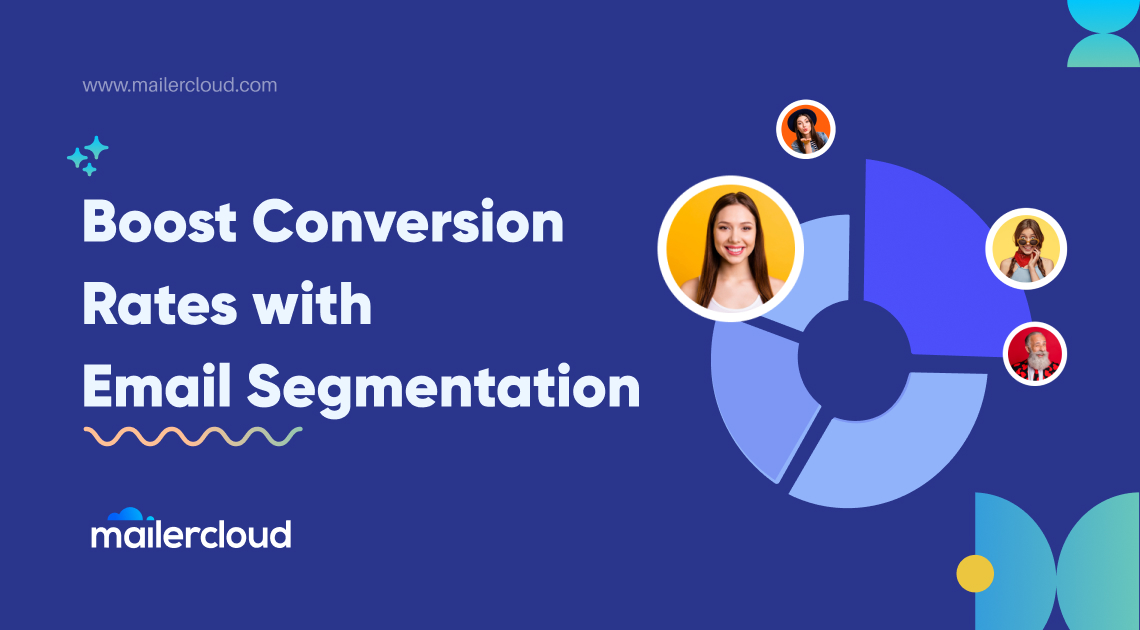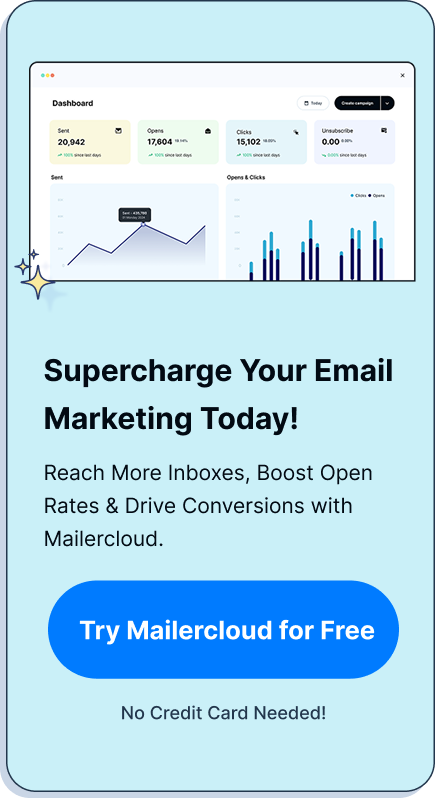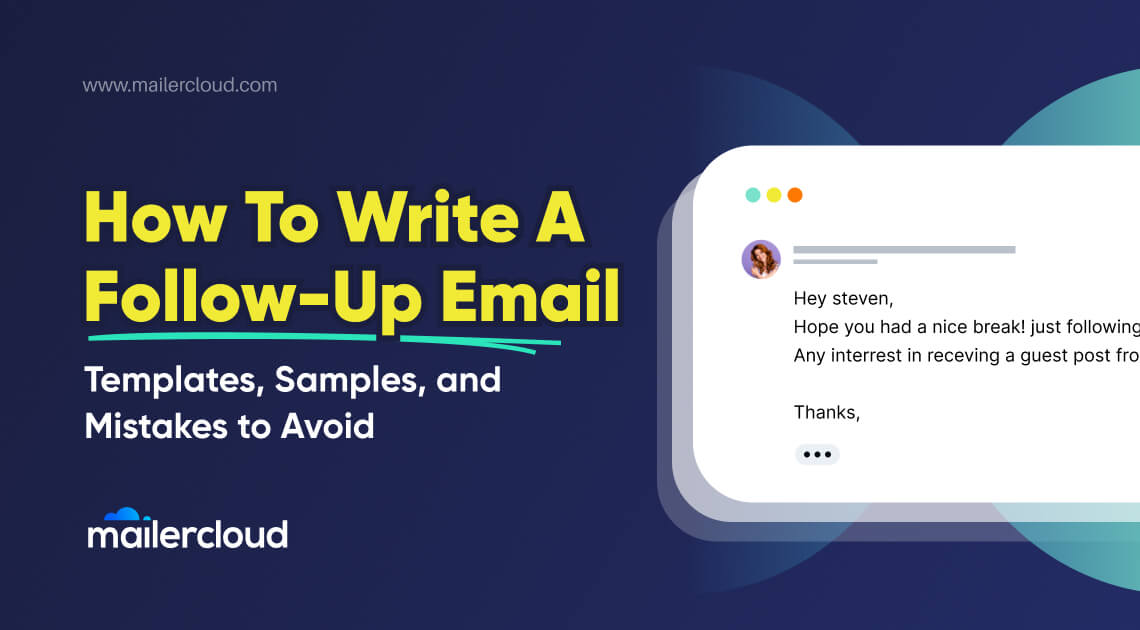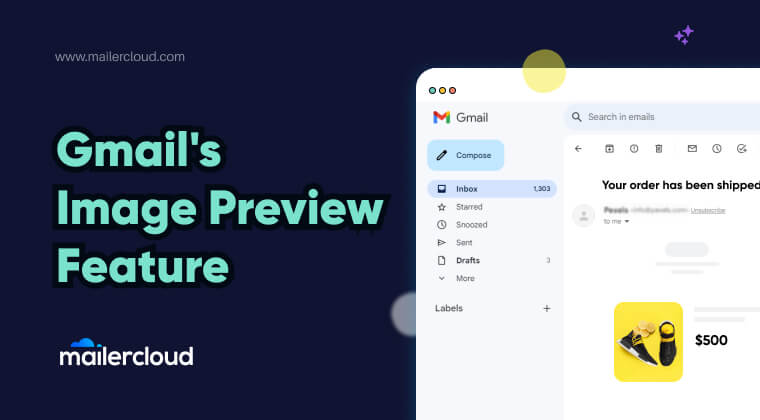As a marketer, you always look for ways to improve conversion rates. One strategy that consistently leads to higher email engagement and conversion rates is segmenting your email list into smaller groups.
By dividing your email list into smaller groups based on specific characteristics, you can tailor your messages to each group’s interests and needs, leading to increased engagement and higher conversion rates. In this blog post, we’ll discuss how email segmenting can unlock the power of personalization and help you boost your conversion rates.
Table of Contents
What is email segmentation?
Email segmentation is the practice of dividing an email list into smaller groups or segments based on specific criteria such as demographic, behavioural, or psychographic data. By segmenting your email list, you can send more targeted and relevant messages to your subscribers based on their interests, preferences, and behaviours. This allows you to personalize your email marketing campaigns, increase email engagement, and ultimately, boost conversion rates. Some examples of email segmentation include segmenting based on location, past purchase history, email engagement, age, gender, or any other relevant criteria that can help you create more targeted and effective email campaigns.
Why is email segmenting important?
Email segmenting is essential for several reasons. First, it lets you personalize your messages and make them more relevant to your subscribers. This can lead to increased engagement and higher conversion rates. Second, it can help you better understand your audience and their needs, which can inform future marketing strategies. Finally, it can help you avoid sending irrelevant messages to subscribers, leading to unsubscribes and decreased engagement. Especially in the initial stages of building an email list from scratch by using different tools — a LinkedIn email finder, opt-in forms, lead magnets, referral programs, etc. — you need to evaluate the performance of the first few emails to be able to carry out your segmentation well.
How to segment your email list?
You’ll first need to identify the criteria you want for email marketing segmentation. This can include demographics, buying habits, website behaviour, and more. Once you’ve placed your criteria, you can use your email marketing platform to create segments based on those criteria. For example, if you want to create a segment of subscribers who have purchased in the past 30 days, you can use your platform’s filtering options to make that segment.
Tips for successful email segmentation strategies in email marketing
- Start with the basics: If you’re new to using email segmenting, start with the basics. Divide your list into broad categories like age, gender, and location, and send targeted messages to each group based on those criteria.
- Use data to inform your segments: Use data from your website, email finder, social media, and email campaigns to educate your components. For example, suppose you notice a particular group of subscribers clicking on a specific product type. In that case, you can create a segment for them and send targeted messages about that product.
- Don’t over-segment: While segmenting is essential, don’t overdo it. Too many segments can be overwhelming and make it difficult to manage your email campaigns effectively. Instead, focus on creating a few targeted elements that you can manage easily.
- Test and refine: Email segmenting requires testing and refinement like any marketing strategy. Test different messages and segments to see what works best, and refine your strategy based on the results.
What are the benefits of email list segmentation?
Email list segmentation has several benefits that can help improve the effectiveness of your email marketing campaigns. Here are a few key advantages:
Personalization
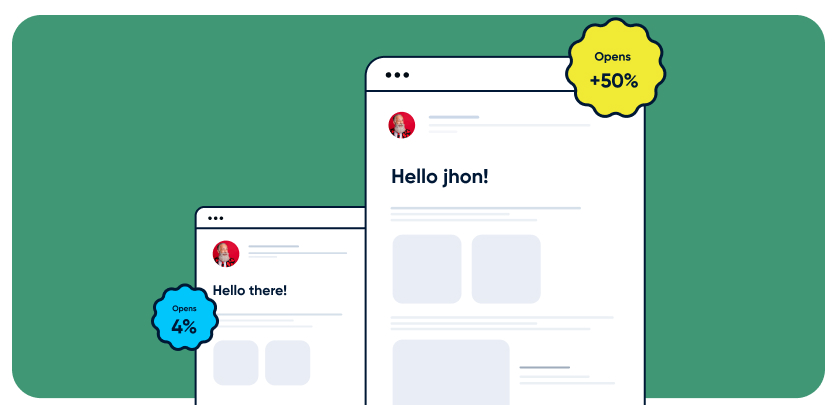
Email list segmentation lets you personalize your messages to your subscribers’ interests and needs. You can increase engagement and build stronger relationships with your subscribers by sending targeted messages that resonate with each group.
Higher conversion rates
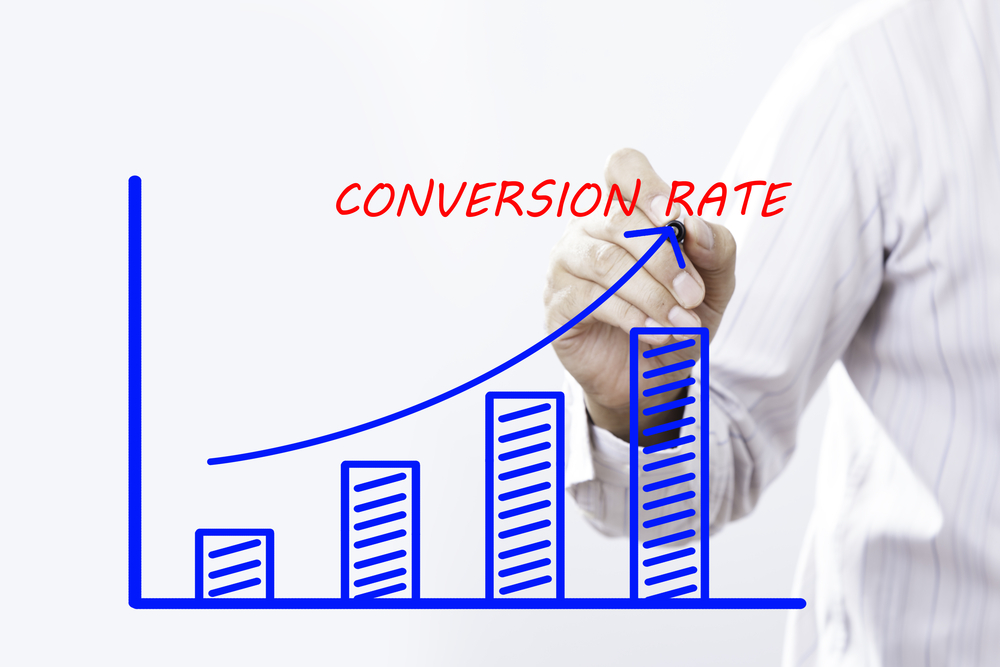
Personalized messages relevant to your subscribers are more likely to lead to conversions. By segmenting your email list and sending targeted messages, you can increase the likelihood of conversions and boost your overall conversion rates.
A better understanding of your audience

Email list segmentation allows you to understand your audience and their needs better. By analyzing the behaviour and characteristics of each group, you can identify patterns and trends that can inform future marketing strategies.
Avoidance of irrelevant messages
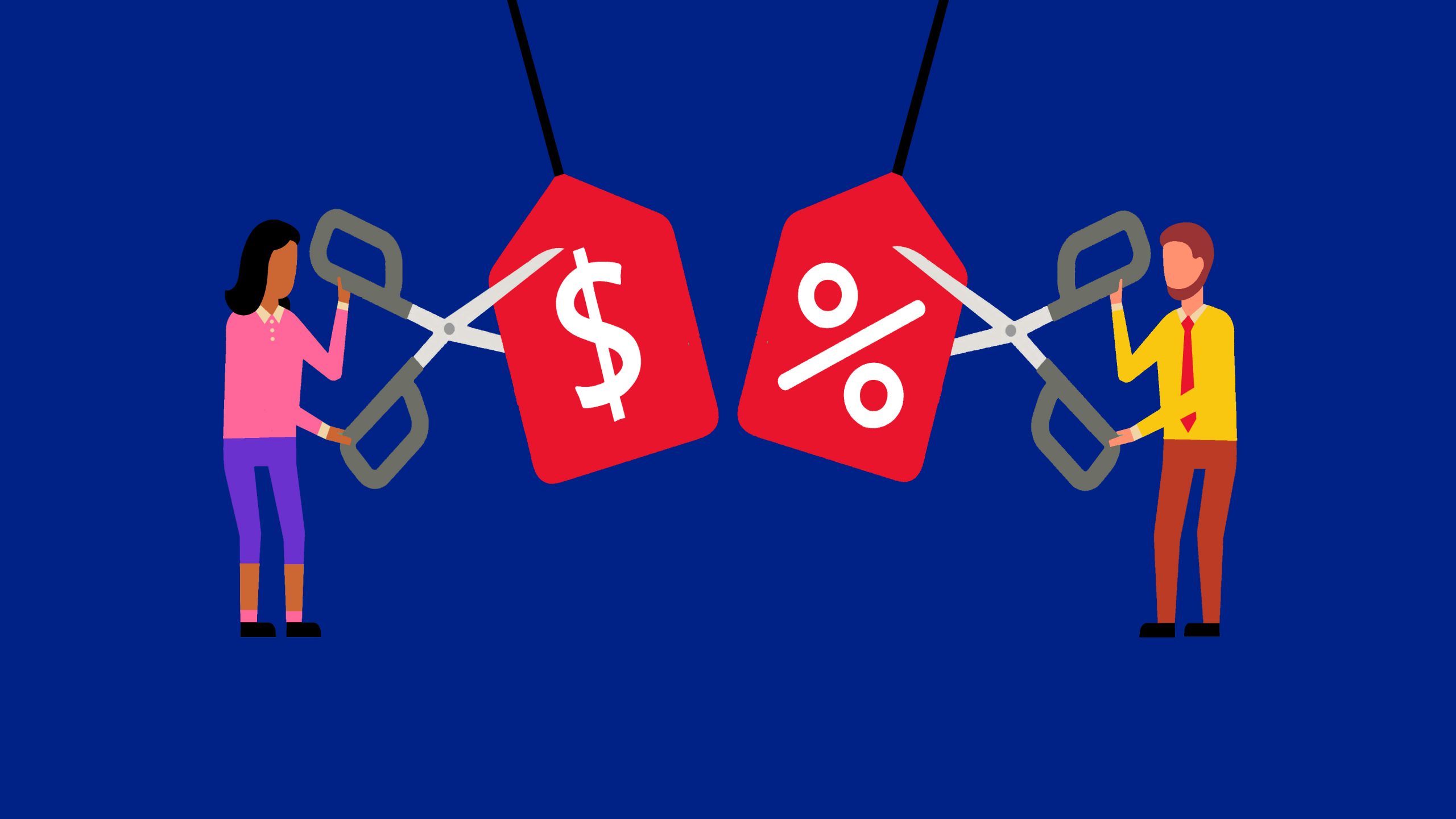
Sending irrelevant messages to subscribers can lead to unsubscribes and decreased engagement. By segmenting your email list, you can avoid sending irrelevant messages and ensure that each subscriber receives messages that are relevant to their interests.
Improved email deliverability
Email list segmentation can also help improve your email deliverability rates. By sending targeted messages relevant to each group, you can reduce the likelihood of your messages being marked as spam and enhance your sender’s reputation.
How does the email segmentation funnel work?
Segmentation is an essential component of any successful email marketing campaign. By segmenting your email list, you can create highly targeted email campaigns that will likely engage your subscribers and lead to conversions. Here’s how email segmentation works:
1. Identify your segmentation criteria
Start by identifying the requirements you will use to segment your email list. This could include demographics, geographic location, purchase history, email engagement, or any other data point relevant to your marketing strategy.
2. Segment your list
Once you have identified your segmentation criteria, you can begin to segment your email list into smaller groups based on these criteria. Use your email marketing platform to create segments based on your identified criteria.
3. Send targeted emails
Once your email list is segmented, you can start sending targeted emails to each segment. This allows you to send more relevant and personalized messages to your subscribers, increasing the likelihood of engagement and conversions.
10 Email Segmentation Examples for Every Business
Email segmentation is an effective way to target your marketing messages to specific groups of customers, increasing the chances of conversion and engagement. Here are ten email segmentation ideas businesses of all sizes and industries can use.
- Geographic Segmentation: Segmenting your email list based on geographic location is an excellent way to target customers in specific regions with tailored messages. You can create campaigns that speak to the local culture, climate, and events, making your emails more relevant and engaging.
- Demographic Segmentation: Demographic segmentation involves grouping customers based on characteristics such as age, gender, income, and education level. This can help you target your messages to different audiences and address their unique needs and preferences.
- Behavioural Segmentation: Behavioral segmentation involves segmenting customers based on their behaviour, such as their purchase history, website activity, and engagement with previous emails. This can help you send targeted messages encouraging repeat purchases, cross-selling, and upselling.
- Customer Lifecycle Segmentation: Segmenting your email list based on where customers are in their buying journey can help you send more relevant and personalized messages. For example, you can send welcome emails to new customers, follow-up emails to customers who have abandoned their carts, and loyalty rewards to long-term customers.
- Interest-based Segmentation: Interest-based segmentation involves grouping customers based on their interests and hobbies. This can help you send targeted messages that appeal to their passions, such as sports, music, or fashion.
- Purchase Frequency Segmentation: Segmenting customers based on their purchase frequency can help you identify your most loyal customers and create campaigns that incentivize them to buy more. For example, you can send exclusive offers and rewards to customers who have made frequent purchases.
- Personalization Segmentation: Personalization segmentation involves tailoring your messages to individual customers based on their preferences and behaviour. This can help you create a personalized experience that makes customers feel valued and appreciated.
- Content Preference Segmentation: Segmenting customers based on their content preferences can help you send targeted messages that resonate with them. For example, you can send newsletters, product updates, or promotional offers depending on their interests.
- Device-based Segmentation: Segmenting your email list based on the device customers use to access your emails can help you optimize your campaigns for different screen sizes and formats. This can ensure that your messages are easy to read and navigate, regardless of the device.
- Industry-based Segmentation: Segmenting customers based on their industry or business type can help you send messages that address their unique challenges and pain points. This can help you establish your authority and expertise in a specific field and attract more customers in the long run.
Wrapping Up
In conclusion, email segmentation is essential for any email marketer looking to improve their email engagement and boost conversion rates. Segmenting your email list based on specific criteria, such as demographic or behavioural segmentation, allows you to send targeted emails that resonate with your subscribers and increase the chances of them taking the desired action.
By using email segmentation strategies, marketers can create personalized email campaigns that cater to their subscribers’ specific needs, interests, and preferences. This allows them to send the right message to the right people at the right time, resulting in higher email open rates, click-through rates, and, ultimately, more sales.
There are many ways to segment your email list, from email preferences and purchase history to geographic location and wish list items. By organizing your email list into smaller groups and creating email segments, you can send more targeted campaigns that are more likely to result in a conversion.
In short, email segmentation matters because it allows you to create highly targeted email campaigns that send the right information to the right people. Combining segmentation with other marketing efforts, such as creating segmented email content and using an email marketing platform, can improve your marketing strategy and get the most out of your email list. So, if you’re not already using email segmentation, now is the time to start!
As a Marketing Director, I develop and implement marketing strategies, conduct market research, and manage a team of marketing professionals. With a successful track record of launching campaigns that drive revenue growth, I bring my marketing expertise to blog writing, creating engaging content that promotes the brand and its products/services.





























